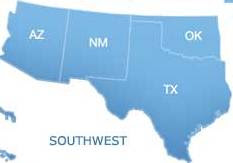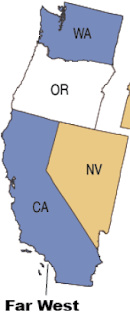In the 25-26 U.S. News & World Report (USNWR) survey of American hospitals, nearly 820 hospitals were rated for their effectiveness at delivering care to adult heart patients. The hospitals surveyed were scored on various measures related to heart patient outcomes, the breadth of their heart program and services, and the amount of recognition earned by these hospitals from their peers within the cardiology community. In the 25-26 survey, a score of at least 63.0 out of 100 was required to earn a spot among the top 50 ranked U.S. hospitals for adult heart care. No hospitals in the Rocky Mountain region made the top 50 list and only four hospitals in the region scored more than 50 out of 100 in the 25-26 survey. The four top-ranked heart hospitals in the Rocky Mountain region in the 25-26 USNWR survey were:
 | ||
The Top-Ranked Heart Hospitals in the Rocky Mountain Region |
Location: Salt Lake City, UT
For more insight into the metrics used to rate heart hospitals in the 25-26 USNWR survey, or to find the cardiology rating of other hospitals in the Rocky Mountain region, visit Best Hospitals for Adult Cardiology Care and Heart Surgery.






